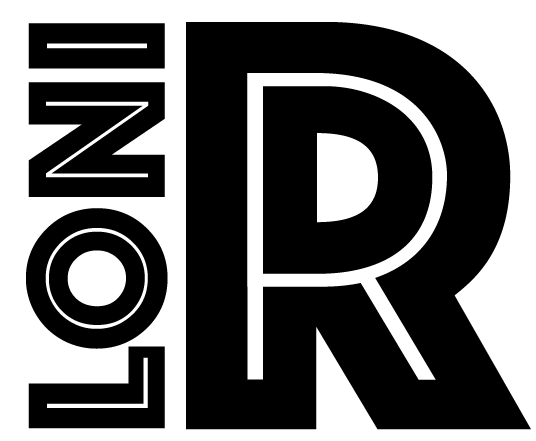- The middle fronto-orbital gyrus (MFO) is the inferior aspect of the middle frontal gyrus. Its anterior boundary is approximately where the middle frontal gyrus curves above the eye sockets. Posteriorly, the boundary is where the middle frontal gyrus meets the temporal pole and also where the H-shaped orbital ends. Laterally the MFO is bound by the lateral segment of the H-shaped orbital sulcus (transverse orbital sulcus) and medially by the medial segment of the H-shaped orbital sulcus. It is recommended that the middle frontal gyrus is masked before this structure is. (Fig. 1, Fig. 2)
* This protocol relies on a previously masked middle frontal gyrus. (See protocol for Middle Frontal Gyrus.) It is also recommended that the insular cortex be delineated before starting the MFO (See protocol for Insular Cortex).
- Using a 3D object model, orient the brain so that the anterior pole is lined up in a coronal position. On the 3D model, approximate where the middle frontal gyrus begins to curve above the eye socket area (Fig. 3). Double click on the approximated area and switch to the corresponding axial slice. In the corresponding axial view, completely fill the middle frontal gyrus on that slice. (Fig. 4)
- After filling the axial view, switch to the corresponding slice in the sagittal view. There should be a horizontal line demarcated from the masking done in the previous axial view (Fig. 5). Color the area below the line for all sagittal slices. (In BrainSuite click below the line on any slice and fill 3D.) This will set the general boundaries for the structure. (Fig. 6)
- Switch to the coronal view. Starting anteriorly, the middle frontal gyrus is initially seen as one extended region (Fig. 7). Moving posteriorly, the middle frontal gyrus splits into two regions. For the first slice where the middle frontal gyrus splits into two, completely fill in the bottom region (Fig. 8). Move one more slice posterior and completely fill the bottom region again. (Fig. 9, Fig. 10)
- Switch to the sagittal view. There should be a vertical line demarcated in all sagittal slices from the previous masking in the coronal view. If the line is consistent in all slices, completely color the posterior isolated region in all sagittal slices, or fill 3D in one slice on BrainSuite. (Fig. 11)
- Switch again to the coronal view (Fig. 12). Starting anteriorly and moving posteriorly, the lateral part of the H-shaped orbital sulcus (transverse orbital sulcus) will start to emerge. Once it emerges trace the transverse orbital sulcus to its internal end and draw a straight line to the internal end of the medial part of the H-shaped orbital sulcus (Fig. 13, Fig. 14).
- When the middle frontal gyrus splits into two regions, make sure that the bottom region is completely filled. (Fig. 15)
- When the circular insular sulcus emerges, continue to follow step 6 however be cautious to not include any insular cortex bounded by the circular insular sulcus (Fig. 16, Fig. 17). Continue this step until the middle frontal gyrus meets the temporal pole.



